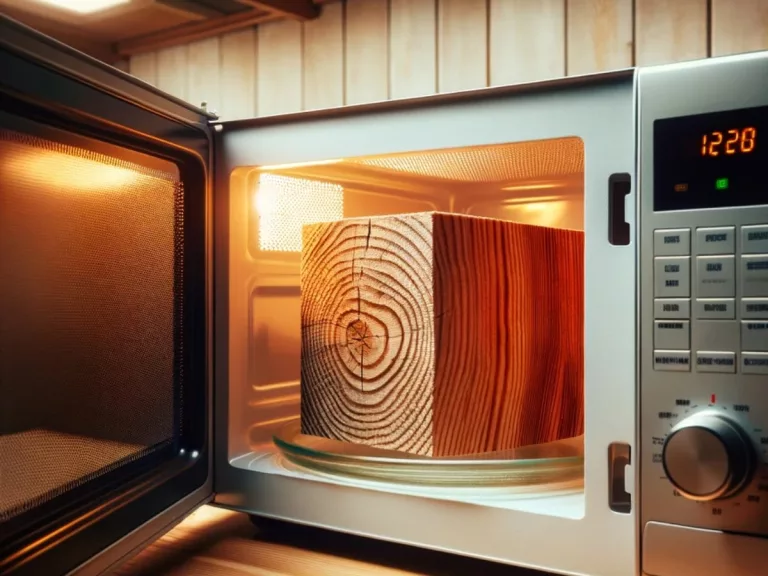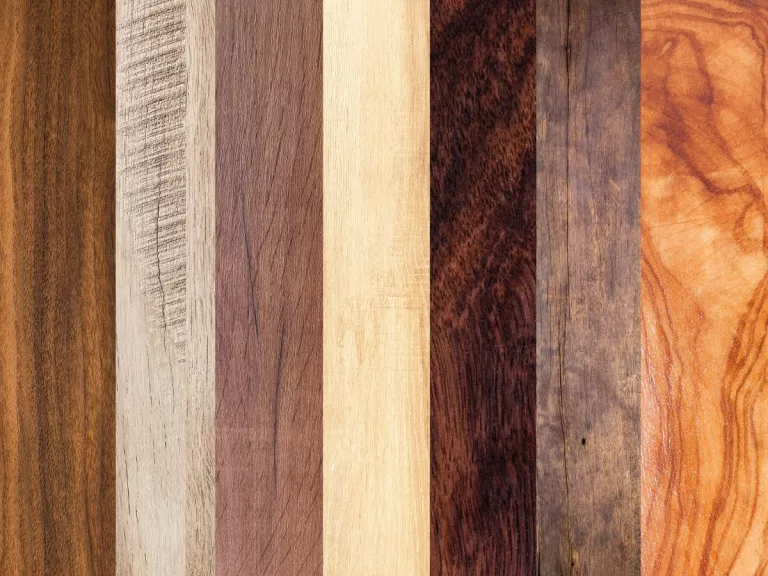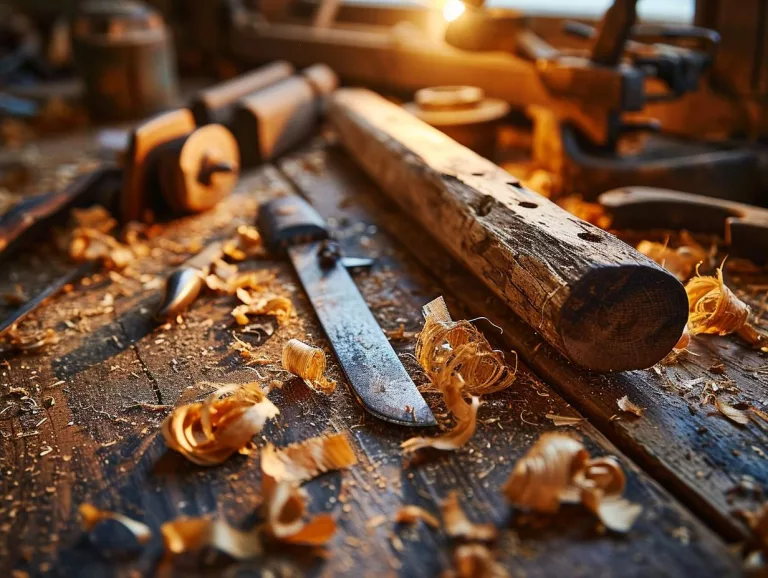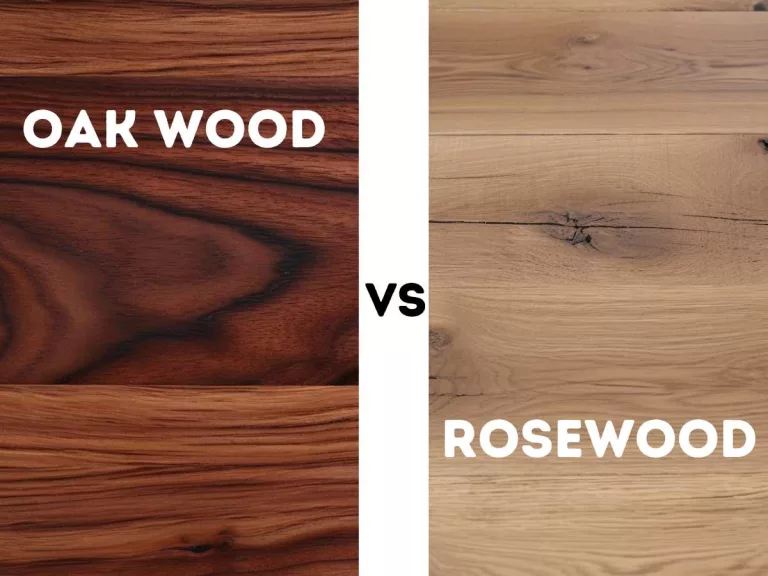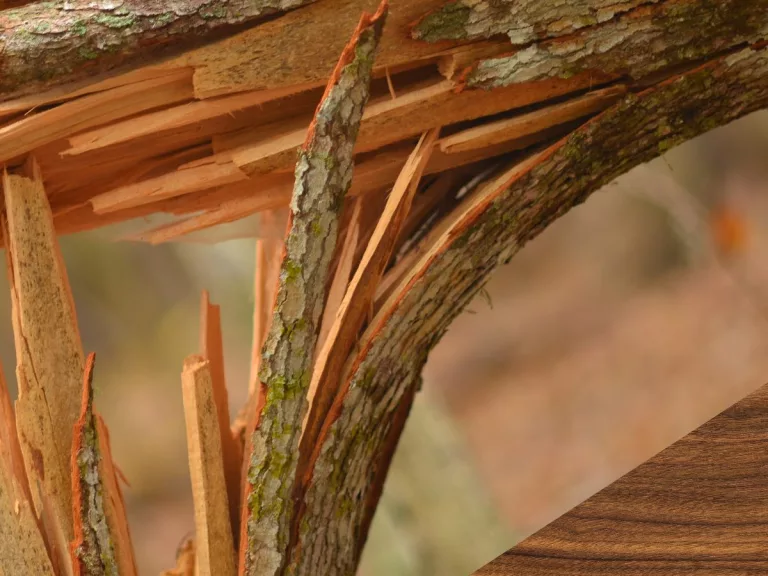Oak Wood vs Pine Wood: A Comprehensive Comparison for Woodworking Enthusiasts
Hey there fellow wood lovers! Today, we’re diving into the classic showdown between two of the most beloved woods in the crafting world: Oak Wood vs Pine Wood. Whether you’re a seasoned woodworker, a DIY enthusiast, or just someone who appreciates the beauty and character of wood, this comparison is for you.
Oak, with its stately charm, is like that wise, old friend who’s seen it all. It’s tough, it’s durable, and it carries a certain elegance that only comes with age and experience. On the other hand, Pine is a forest-companion of a different genus. It’s lighter, easier to handle, and has a certain rustic appeal that can warm up any space.
Both have their unique personalities and strengths, and depending on your project, one might suit your needs better than the other. So, let’s roll up our sleeves and get up close and personal with these two woodworking favorites! 🌳🌲✨
Differences (Oak Wood vs Pine Wood)
Scientific Names
| Aspect | Oak Wood (Quercus spp.) | Pine Wood (Pinus spp.) |
|---|---|---|
| Scientific Name | Quercus | Pinus |
| Number of Species | Over 400 species. | Over 120 species. |
The top two most available and widely used species of oak wood are:
- White Oak (Quercus alba): Highly prized for its durability, water resistance, and beautiful grain, making it ideal for outdoor furniture, flooring, and barrel-making, particularly for wine and whiskey.
- As a woodworker, I’ve always admired white oak for its resilience and versatility. It’s a joy to work with, especially for outdoor projects where its water resistance shines.
- Red Oak (Quercus rubra): Known for its distinctive reddish tint and prominent grain, red oak is a popular choice for cabinetry, furniture, and interior flooring due to its aesthetic appeal and workability.
- Red oak has been a staple in my workshop for its warm, inviting hue and the way it stands out in interior designs. Its grain is not just prominent but also adds character to furniture pieces, making them stand out.
White Oak and Red Oak are both highly valued hardwoods, with White Oak known for its water resistance and durability, and Red Oak recognized for its distinctive reddish hue and appealing grain pattern.
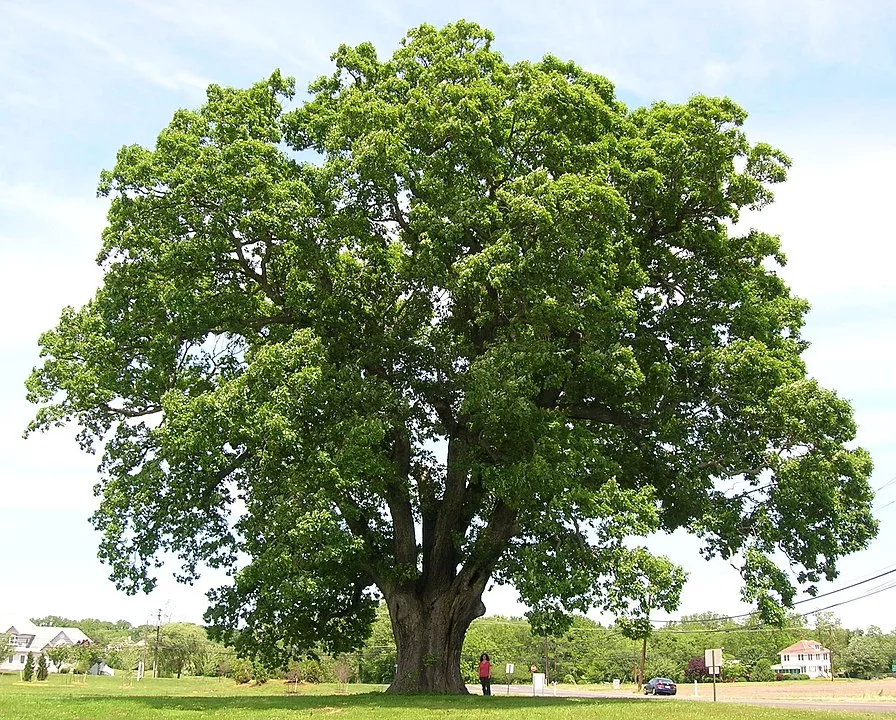

The top two most available and commonly used species of pine wood are:
- Eastern White Pine (Pinus strobus): Highly valued for its fine grain, versatility, and use in high-grade lumber, cabinetry, and interior trim.
- Southern Yellow Pine (Pinus spp.): This group includes species like Pinus taeda (Loblolly Pine) and Pinus elliottii (Slash Pine). It’s known for its density and strength, making it a popular choice for construction, especially in framing, flooring, and decking.
- Working with Southern Yellow Pine, including varieties like Loblolly and Slash Pine, is always a robust experience. It’s denser and harder than many other pines, lending a sturdy feel to construction projects.
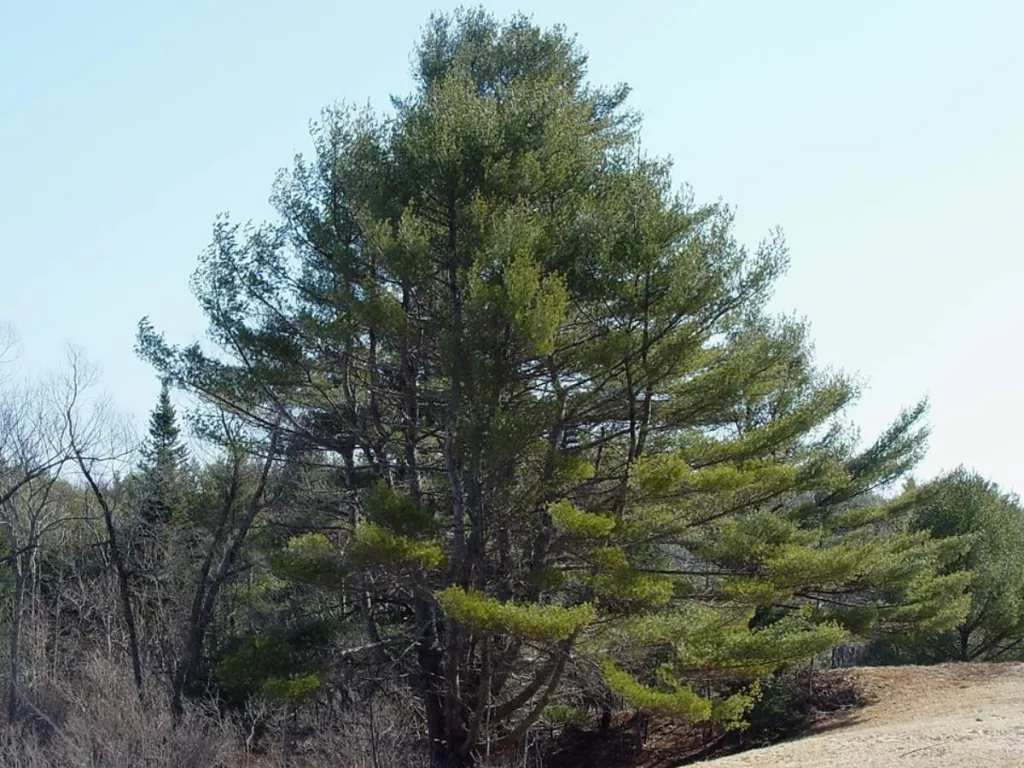
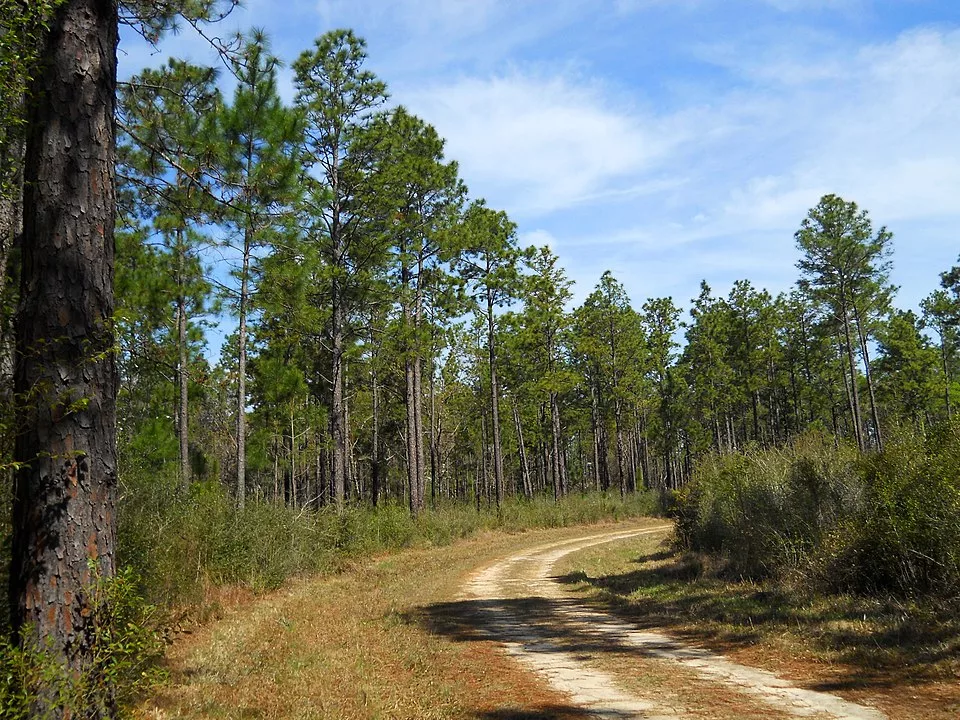
Botanical Characteristics
| Feature | Oak (Quercus spp.) | Pine (Pinus spp.) |
|---|---|---|
| Leaves | Broad, flat, often lobed or serrated. Deciduous, changing color and falling in autumn.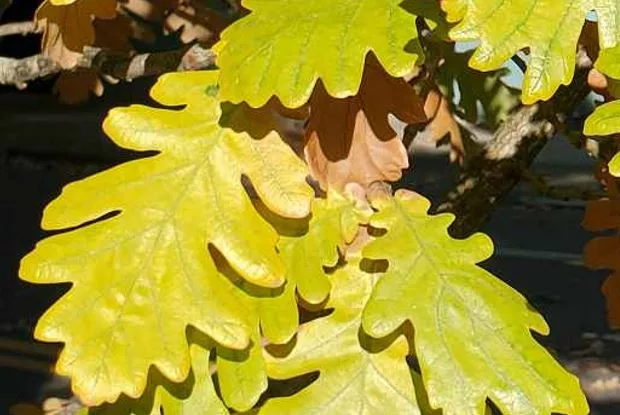 | Needle-like, evergreen, staying green year-round. Needles often in clusters. Image by Donald Cameron |
| Bark | Thick and rugged, often deeply furrowed or ridged. Varies among species. Image source: Arieh Tal | Generally thinner than oak, with a scaly appearance. Color and texture can vary among species.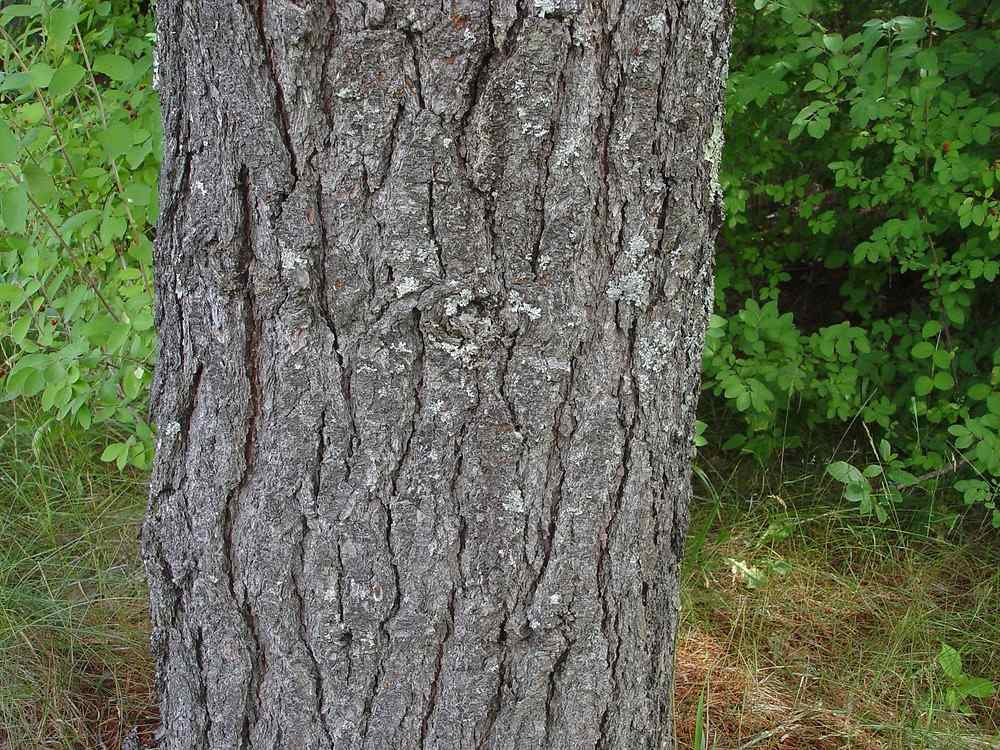 Image by Donald Cameron |
| Fruit | Produces acorns, which are technically nuts. Acorns have a hard shell and a single seed inside.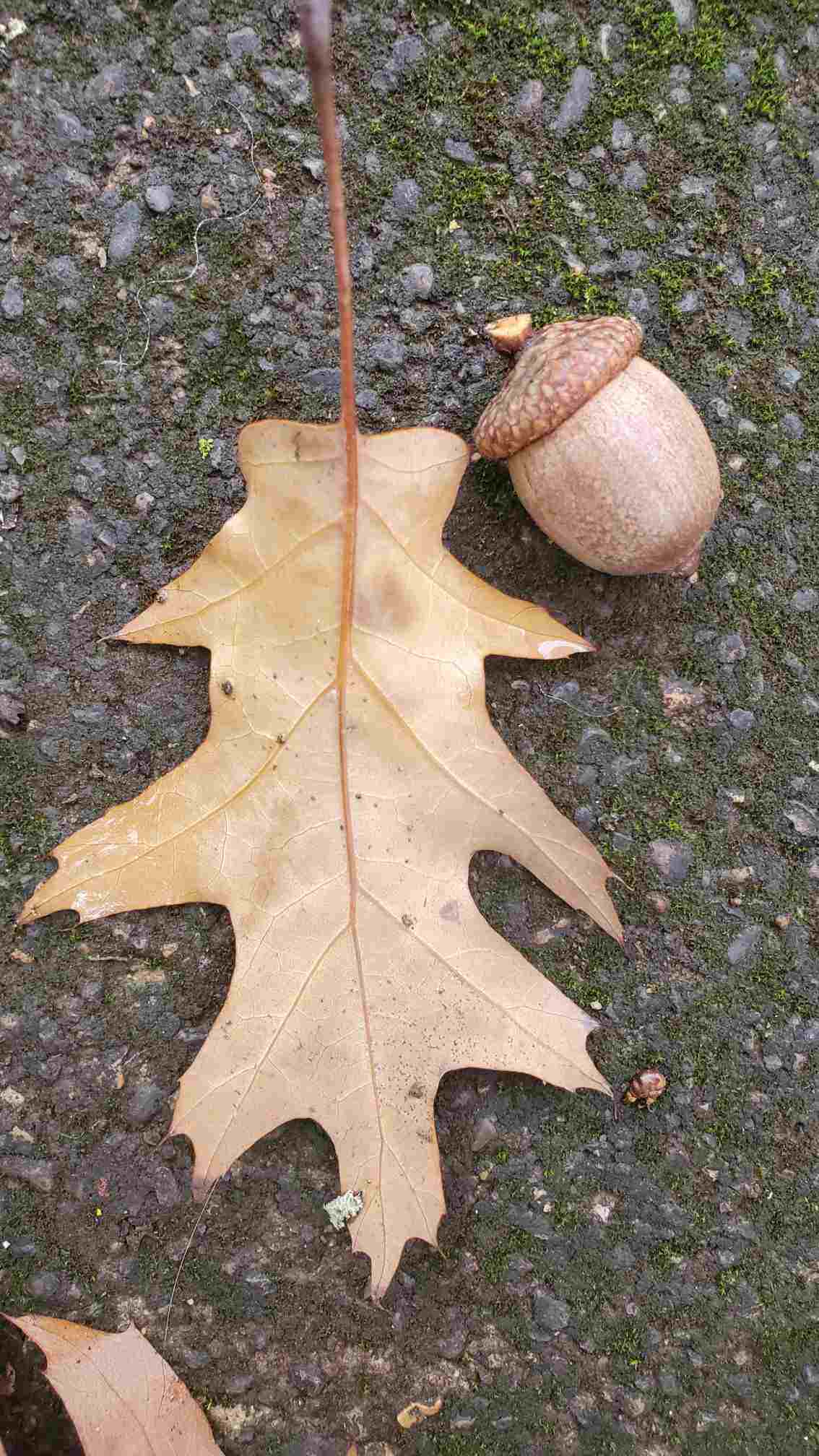 | Produces cones (strobili), which are not true fruits but are the reproductive structures.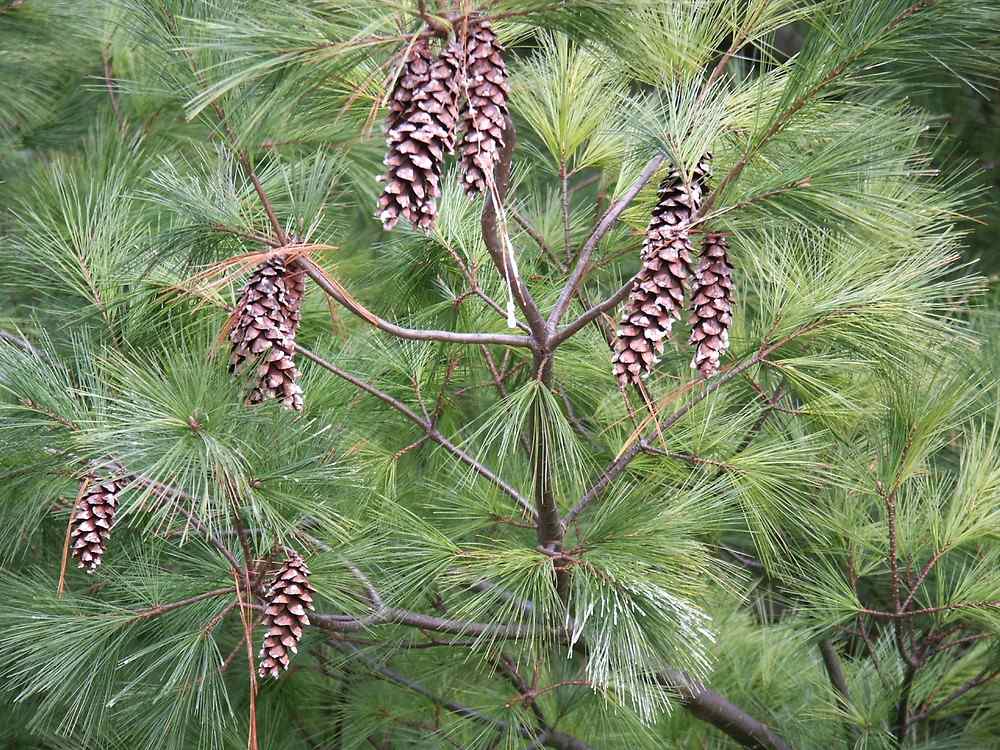 Image by Glenn Dreyer |
| Seeds | The acorn itself is the seed, enclosed in a tough shell.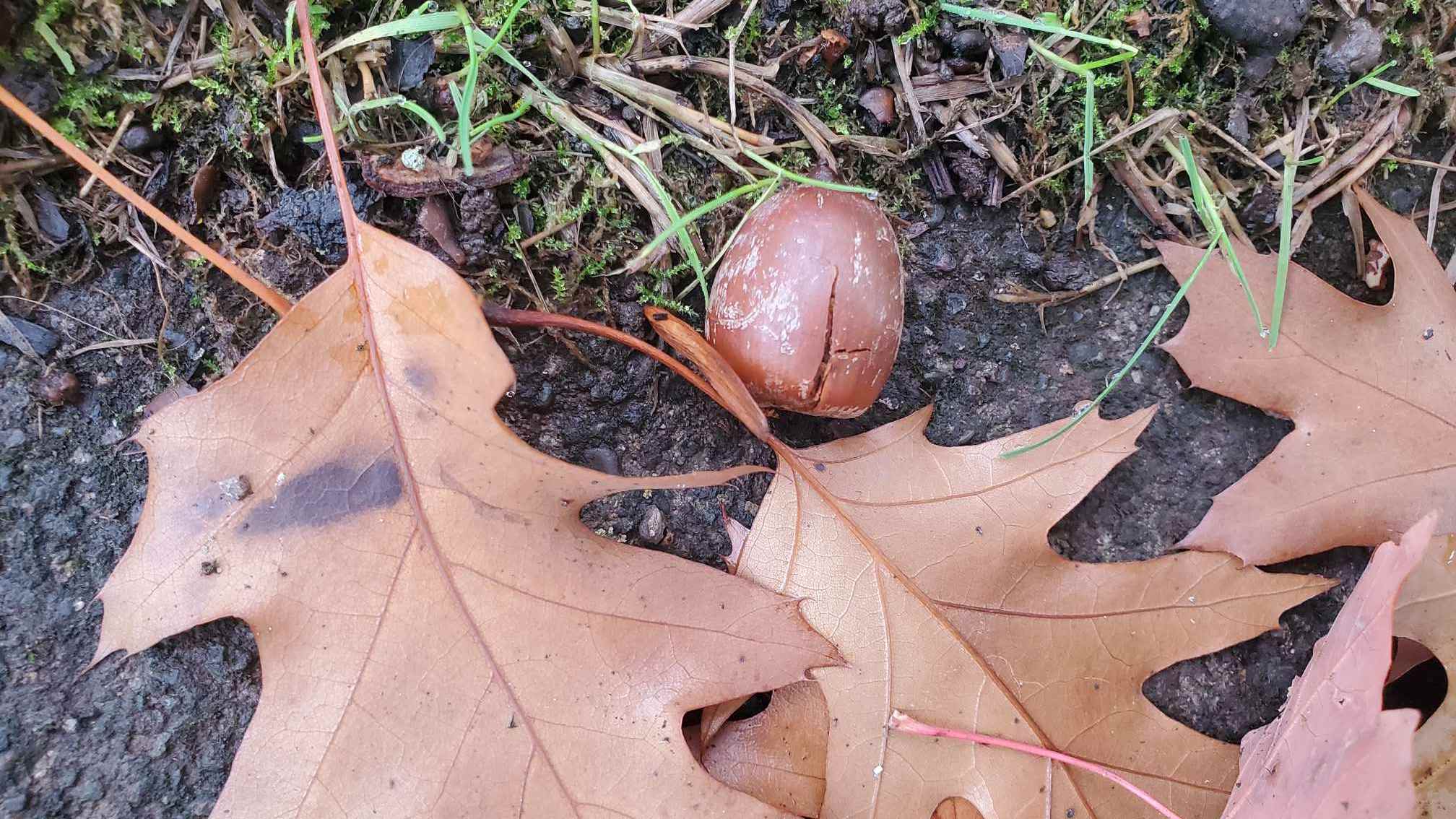 | Seeds are found inside the cones, often winged for wind dispersal.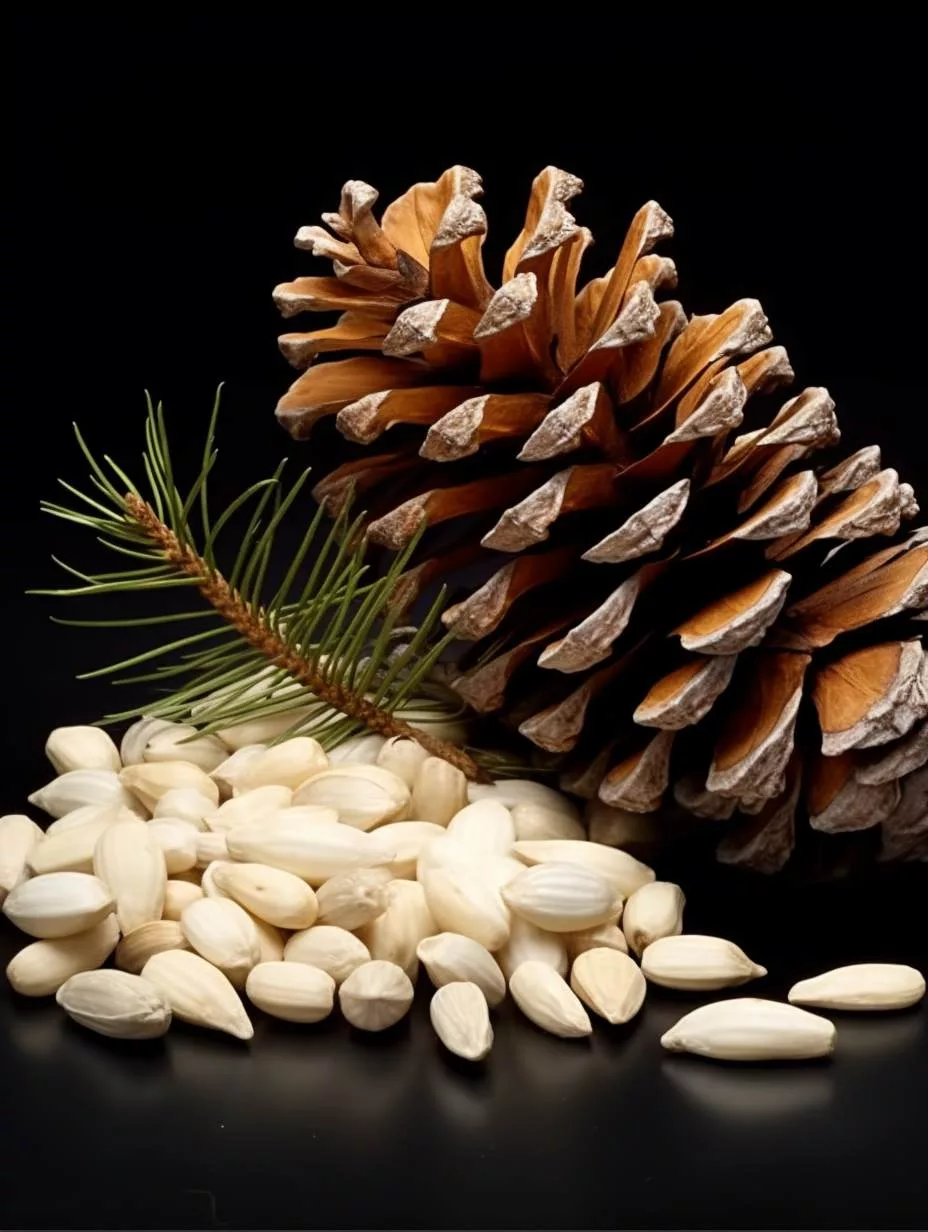 |
| Flowers | Inconspicuous flowers; oaks have separate male and female flowers on the same tree (monoecious). Male flowers are catkins; female flowers are smaller and less noticeable. Image source: Arieh Tal | Also monoecious with separate male and female cones. Male cones are small and produce pollen, while female cones are larger and bear seeds.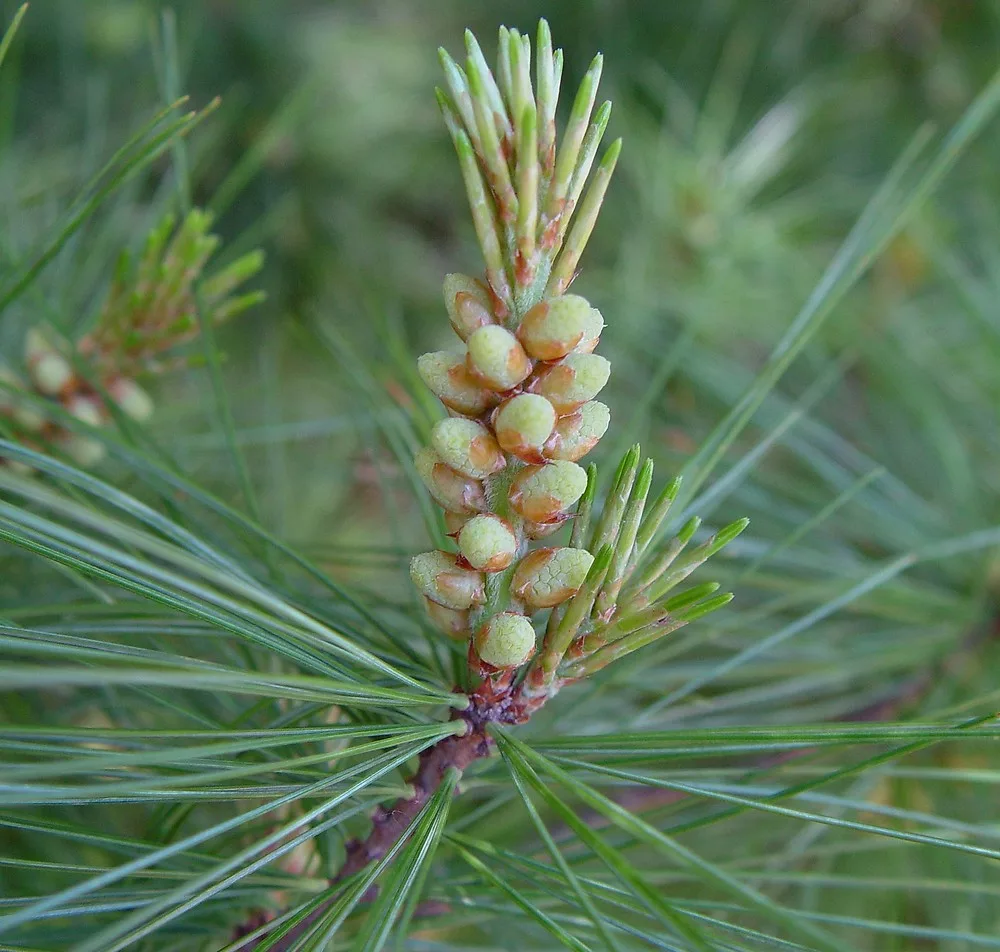 Image by Arthur Haines |
| Grown Up Shape | Oaks have a broad, spreading canopy with a rounded or irregular shape. They can grow very large and live for centuries.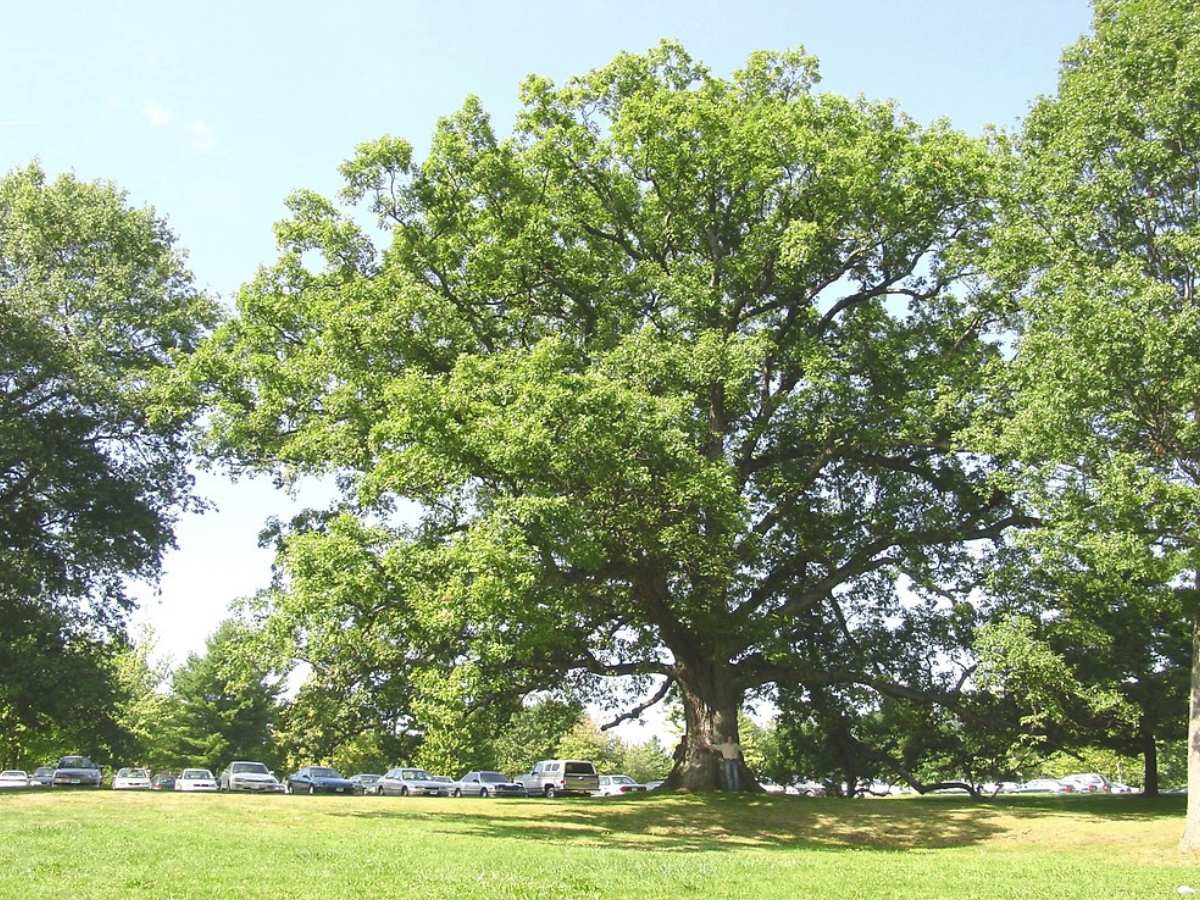 Image source: Glenn Dreyer | Pines have a more uniform, often conical or columnar shape. They can grow tall and straight, especially in dense forests.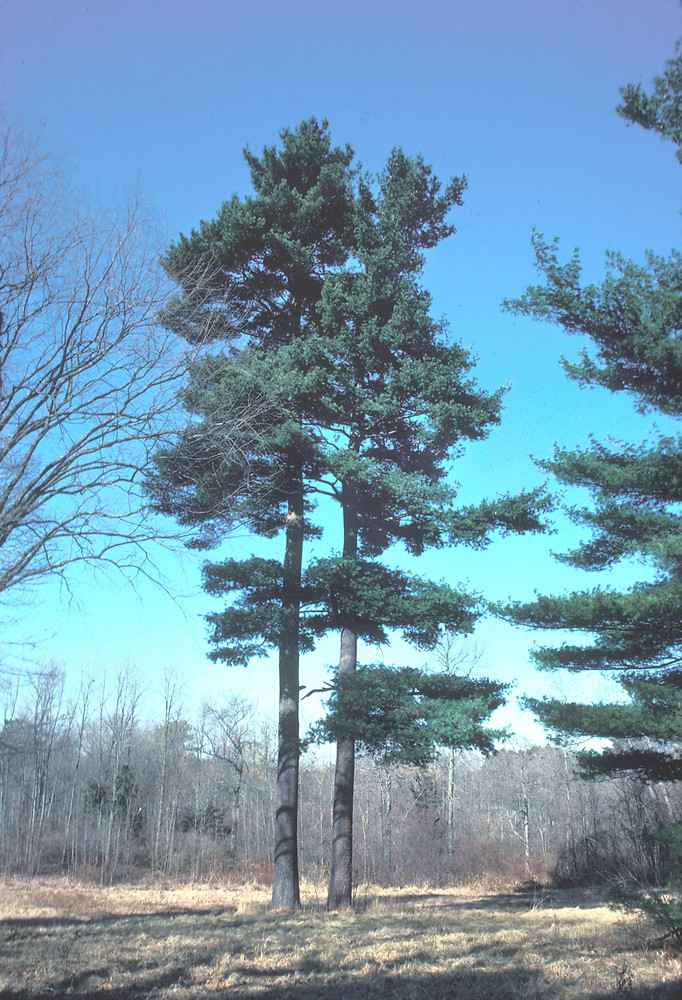 Image by John Lynch |
Growth & Propagation
| Feature | Oak | Pine |
|---|---|---|
| Habitat (Soil Type, Weather) | Prefers well-drained, loamy soils; adaptable to various weather conditions, but many species prefer temperate climates. | Generally adaptable; prefers sandy, well-drained soils. Tolerates a wide range of weather, with many species thriving in colder climates. |
| Growth | Slow to moderate growth rate; long-lived. | Generally fast-growing; lifespan varies by species. |
| Propagation | Mainly through acorns (seeds); can also be propagated through cuttings or grafting. | Primarily through seeds (cones); some species can be propagated through cuttings. |
| Regions They Grow | Widespread in temperate regions of the Northern Hemisphere, particularly in North America and Europe. | Widely distributed in the Northern Hemisphere; some species are native to temperate and subtropical regions. |

Physical Properties
| Physical Property | Oak Wood | Pine Wood |
|---|---|---|
| Color | Light to medium brown; varies with species. Red oak is reddish-brown; white oak is beige to medium brown. | Generally light-colored, ranging from white to yellow-brown, with some species having a reddish tint. |
| Wood Density | High; hardwood. | Lower; softwood. |
| Grain Structure | Pronounced grain pattern; straight with a coarse texture. | Generally straight, with a fine to medium texture. |
| Tree Height | Can reach 70-100 feet (21-30 meters), sometimes taller. | Varies widely; some species like the Eastern White Pine can reach over 150 feet (45 meters). |
| Rot Resistance | Generally high, especially in white oak. | Varies; some species like Southern Yellow Pine have good resistance, while others are less resistant. |
| Janka Hardness | High; around 1,200-1,300 lbs for red oak, and 1,350-1,360 lbs for white oak (on the Janka scale). | Generally lower; around 380-1,420 lbs depending on the species (on the Janka scale). |
| Additional Properties | Tends to be heavy and strong, with good shock resistance. | Lighter weight, easy to work with but can be prone to warping. |
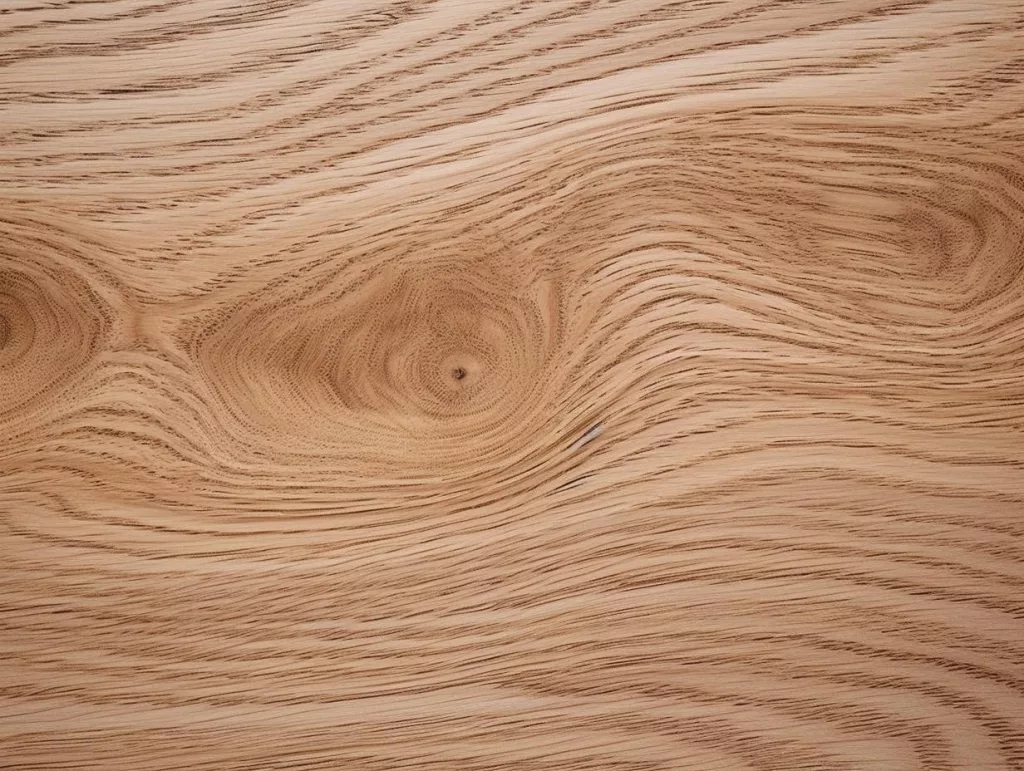
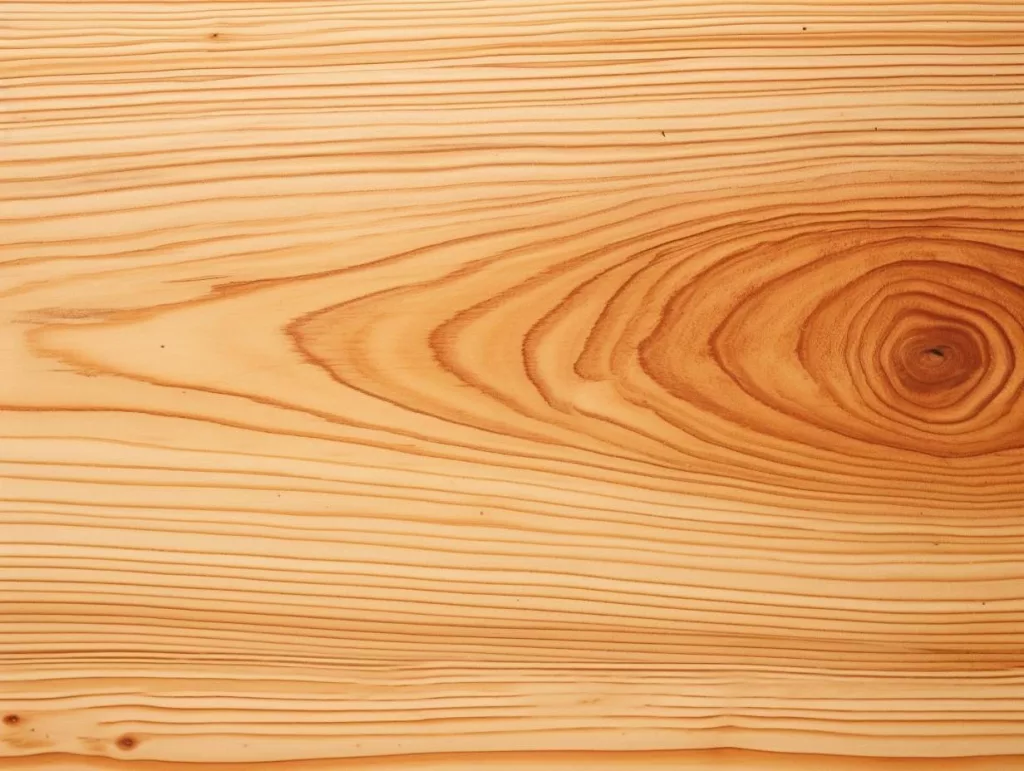
Woodworking Perspective
| Woodworker’s Perspective | Oak Wood | Pine Wood |
|---|---|---|
| Workability | Harder to work; tough on tools. | Softer, easier to work and carve. |
| Finishing | Accepts stains/varnishes well; highlights grain. | Can absorb stains unevenly; good for painting. |
| Durability | Highly durable; great for heavy use. | Less durable; prone to dents and scratches. |
| Cost | Generally more expensive. | More affordable. |
| Joinery | Strong; holds screws/nails well, but pre-drilling recommended. | Easier for nailing/screwing; joints may be less tight. |
| Aesthetics | Distinctive grain patterns; rich look. | Uniform, subtle grain; rustic appearance. |
| Applications | Ideal for high-end furniture, flooring, cabinetry. | Common in construction, rustic furniture, paneling. |
| Outdoor Items Feasibility | Good, especially white oak due to its rot resistance. It is popular for boat building. | Varies; treated pine can be used, but generally less durable than oak. |
Working with oak is always a rewarding experience for me. Its toughness demands respect and precision, especially when dealing with the dense grain of white oak. The satisfaction of crafting a piece that I know will last for generations is unparalleled. The way oak responds to staining, bringing out the depth and richness of its grain, never ceases to amaze me.
Pine, with its softer texture, offers a different kind of pleasure. It’s more forgiving, making it a great choice for when I want to focus on intricate carvings or when I’m teaching newcomers to the craft. The scent of pine as it’s cut and shaped is always refreshing, and its lighter tone provides a beautiful canvas for a variety of finishes. Look at the warmth of the color of the wall paneling (on the right) I made last summer.

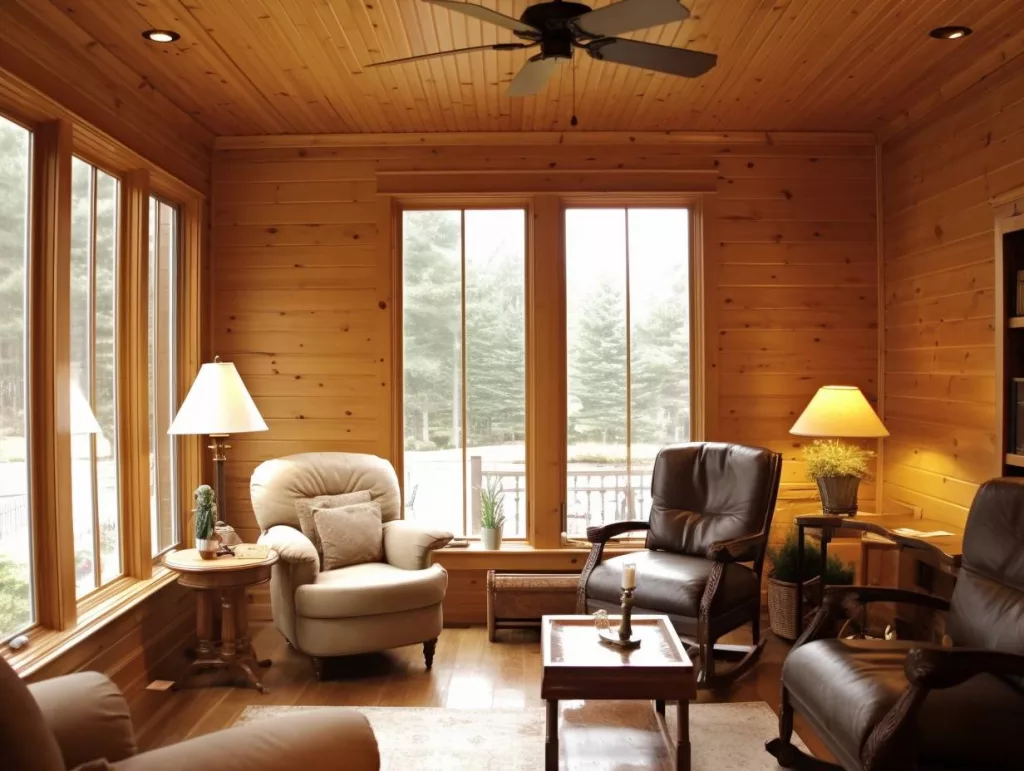
Availability and Ease of Use
| Aspect | Oak Wood | Pine Wood |
|---|---|---|
| Availability | Widely available, but some species may be more region-specific or costly. | Extremely available and abundant, especially in North America and Europe. |
| Popularity | Highly popular for its durability and aesthetic appeal in high-end furniture and flooring. | Very popular, especially for budget projects, rustic designs, and construction. |
| Sustainability | Generally sustainable, but some species are over-harvested. Responsible sourcing is important. | Often sourced from managed forests, making it a sustainable choice. However, sustainability can vary by region. |
| Ease of Use | Requires more skill to work with due to hardness. Ideal for experienced woodworkers. | Easier to work with, making it a good choice for beginners and DIY projects. |
This veteran tells you the true feeling about working with oaks.
Following video demonstrates the experience of working with pine wood. You’ll enjoy it for sure!
Chemical Properties
| Chemical Property | Oak Wood (Quercus spp.) | Pine Wood (Pinus spp.) |
|---|---|---|
| Tannin Content | High tannin content. This affects staining and can react with iron, leading to dark stains. | Low tannin content. Less likely to react during staining or with metals. |
| Resin Presence | Generally low in resin. | Higher resin content, especially in certain species like Southern Yellow Pine. |
| Reaction to Treatment | Can react variably to chemical treatments due to high tannin content. | Generally reacts more uniformly to treatments due to lower tannin and higher resin content. |
| Flammability | Relatively less flammable due to density and lower resin content. | More flammable, particularly due to higher resin content in some species. |
| Odor | Distinctive odor, especially when cut or wet, but not as strong as pine. | Strong, often pleasant resinous odor, especially when freshly cut. |
| Moisture Absorption | Varies with species; white oak is notably resistant to water absorption. | Generally absorbs and loses moisture faster than oak. |
Allergenicity and Toxicity
| Aspect | Oak (Quercus spp.) | Pine (Pinus spp.) |
|---|---|---|
| Allergenicity | Oak dust can cause respiratory irritation and allergic reactions. Prolonged exposure may lead to Oak Wood Dust Allergy. | Pine dust can also cause respiratory irritation. Some species may cause more intense allergic reactions due to higher resin content. |
| Toxicity | Generally, oak is not highly toxic, but the tannins can cause irritation. | Pine sap and dust are not highly toxic, but can cause irritation, especially in individuals with sensitivities. |
You should take precautions if you have pollen allergy and you are in the temperate regions in the world during spring times. Check the video to get prepared!
Related Reads
Conclusion
In our cozy corner of woodworking, pine wood vs oak feels a bit like picking between an old, wise oak tree and a cheerful, breezy pine. Oak, with its sturdy and noble vibe, is perfect when you’re crafting something to last generations, adding a slice of elegance to your space.
Pine, meanwhile, is like your fun-loving friend, great for those spontaneous DIY projects or when you’re after that warm, rustic touch without breaking the bank. So, whether you’re team oak with its timeless charm or team pine with its easy-going nature, each wood brings its own personality to the table, ready to turn your creative vision into a heartwarming reality. 🌳🌲✨
FAQs
Which wood is better, pine or oak?
It depends on the project. Oak is better for durability and elegance, while pine is great for affordability and ease of work.
Is oak wood more expensive than pine?
Yes, oak is generally more expensive than pine due to its durability and aesthetic qualities.
How do I tell the difference between pine and oak?
Oak is denser with a more pronounced grain pattern, and is usually darker than pine, which is lighter with a softer, more uniform grain.
Why would a pine be cheaper than an oak?
Pine grows faster and is more abundant, making it less expensive to harvest and process compared to the slower-growing oak.

